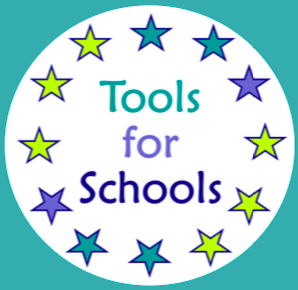



This is a small group activity that is designed to teach key skills that can be used in everyday situations. It’s about taking turns, as the name suggests!
When a student is impulsive, it can be incredibly hard for them to hold in what they want to say in class. This can be very hard to change but also very hard for you to manage. This strategy adds in some ideas and an activity to help the student understand when it is their turn